Yurij Holovatch, Yurij Holovatch9789812707673, 9812707670
Table of contents :
CONTENTS……Page 12
Preface……Page 6
Contents……Page 14
1.1. Introduction……Page 15
1.2. The Perturbative Method in Field Theory……Page 16
1.3. Wilson’s Approach to the Renormalization Group……Page 19
2.1. Blocks of Spins……Page 22
2.2. Two Remarks Concerning RG Transformations……Page 28
2.3. Linear RG Transformations and Correlation Length……Page 30
3. Properties of the RG Flow: Fixed Points, Critical Surface, Relevant Directions……Page 34
3.1. Scaling Relations – Linearization of the Flow Around the Fixed Point……Page 36
3.2. The Correlation Length and the Spin-Spin Correlation Function……Page 41
3.3. Scaling of the Correlation Function in the Presence of a Magnetic Field – Relation Among Exponents……Page 42
3.4. The Example of the Two-Dimensional Ising Model on the Triangular Lattice……Page 44
4.1. Introduction……Page 45
4.1.1. The Wilson-Polchinski Approach……Page 46
4.2.1. Block-Spins, Coarse Graining, Legendre Transform, etc…….Page 51
5. The Exact RG Equation and Its Properties……Page 55
5.1. Some General Properties of the Effective Average Action Method……Page 56
6. Approximation Procedures……Page 59
6.1. The Green Function Approach……Page 60
6.2. The Derivative Expansion……Page 62
7.1. The Flow Equation of the Potential……Page 65
7.2. The Scaling Form of the RG Equation of the Dimensionless Potential……Page 66
8. The Critical and Non-Critical Behaviour Model within the LPA……Page 67
8.1. The Low and the High Temperature Phases……Page 70
8.2. The Critical Point……Page 71
8.3. The Critical Exponents……Page 73
9. The O(N) Models at O(∂2) of the Derivative Expansion……Page 75
9.1. The RG Equation for the Potential……Page 76
9.2. The RG Equation for the Dimensionless Potential U k……Page 77
9.3. The Limits d 4, d 2 and N……Page 80
10. Conclusion……Page 81
Appendix A. De.nitions, conventions……Page 82
Appendix B.1. RG equation for Wk[B]……Page 85
Appendix B.2. RG equation for Γk[M]……Page 86
Appendix B.3. RG equation for the e.ective potential……Page 87
References……Page 89
Contents……Page 92
1. Introduction……Page 93
2.1. Fluids……Page 94
2.2. Light Scattering……Page 97
2.4. Superfluid 4He……Page 98
3. Van Hove Theory……Page 100
4.1. Scaling Form of the Dynamic Susceptibility……Page 103
4.2.1. Ferromagnet……Page 105
4.2.3. Superfluid Transition……Page 106
5. From Dynamic Equations to a Lagrangian……Page 107
5.1. Static Functional……Page 108
5.2. Dynamic Equations……Page 111
5.3. Dynamic Functional……Page 114
5.4. Renormalization……Page 118
6.1. Structure and Renormalization……Page 120
6.2. Calculating the Dynamical Exponent……Page 121
6.2.1. Models without Mode Coupling Terms……Page 122
6.2.2. Models with Mode Coupling Terms……Page 123
7.1. General Procedure……Page 126
7.2.1. Theoretical Result in One Loop Order……Page 127
7.2.2. Limiting behaviour……Page 128
7.3. Ferromagnets: The Shape Function……Page 130
7.4. Superfluid Transition: The Thermal Conductivity……Page 131
References……Page 133
Contents……Page 136
1. Introduction……Page 137
2. Lattice Field Theory……Page 139
2.1. Noninteracting Theory……Page 141
2.2. Loop Gas……Page 147
2.3. |φ|4 Field Theory……Page 151
2.4. O(N) Spin Model……Page 155
2.5. Ising Model……Page 159
3. Critical Properties……Page 161
3.1. Fractal Structure……Page 162
3.2. Loop Proliferation……Page 163
3.3. Critical Exponents……Page 165
3.4. Self-Avoiding Random Walks……Page 166
3.5. O(N) Models……Page 167
4. Monte Carlo Simulations……Page 169
4.1. Plaquette Update……Page 170
4.2. Numerical Results……Page 171
5. Further Applications……Page 176
5.1. Higgs Model……Page 177
5.2. Bose-Einstein Condensation……Page 179
6.1. Peierls Domain Walls……Page 185
6.2. Vortex Lines……Page 186
6.3. Monopole Loops……Page 189
References……Page 190
Contents……Page 194
1. Introduction……Page 195
2. Brief Overview of Approaches for Self-Organized Criticality……Page 197
3. Synergetic Concept……Page 199
3.1.1. Mechanistic Model of the Sandpile……Page 200
3.1.2. Noise Influence on Avalanche Formation……Page 206
3.1.3. Generalized Model……Page 211
3.2. Self-Similarity of the Avalanche Ensemble……Page 214
4. Euclidean Field Approach and Optimal Trajectories……Page 221
4.1. Variational Principle……Page 222
4.2.1. Pure White Noise……Page 225
4.2.2. Coloured Noise……Page 230
5. Scaling Properties of the System with SOC……Page 233
References……Page 241
Contents……Page 244
1. Introduction……Page 245
2. Thermodynamics of Simpli.ed PEM in Dynamical Mean Field Theory……Page 248
3.1.1. Thermodynamics of the Uniform State……Page 256
3.1.2. The Chess-Board Phase……Page 263
3.2.1. Uniform Phase……Page 269
3.2.2. Phase with Double Modulation……Page 274
3.2.3. Pair Correlation Function and Susceptibilities……Page 277
3.3. Superconductivity in the PEM……Page 282
4. Thermodynamics of PEM at Finite U Values; the U Limit……Page 285
5. Two-Sublattice Pseudospin-Electron Model……Page 292
6. Conclusions……Page 298
References……Page 301
Index……Page 304
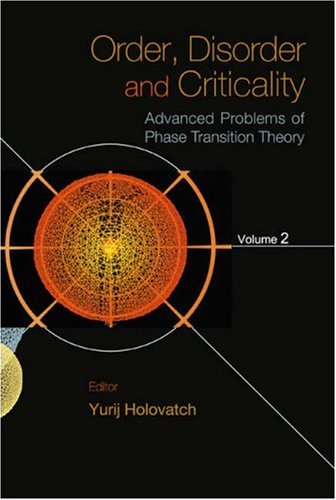

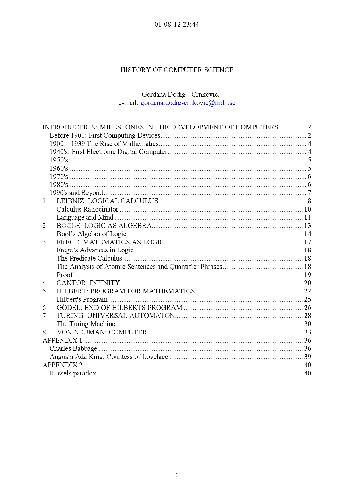
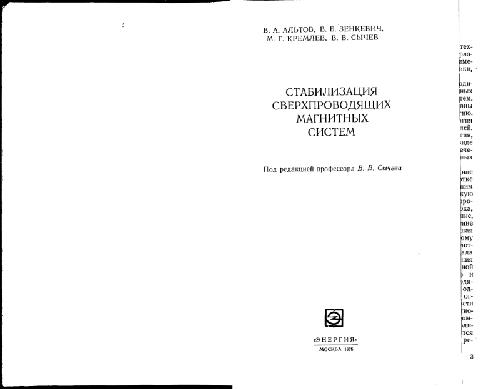
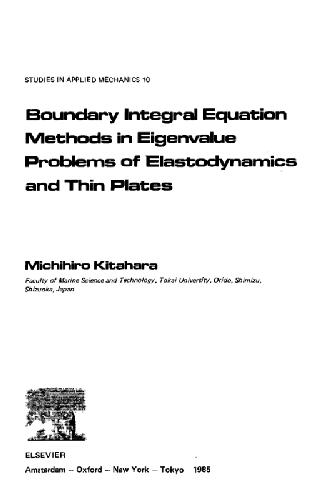
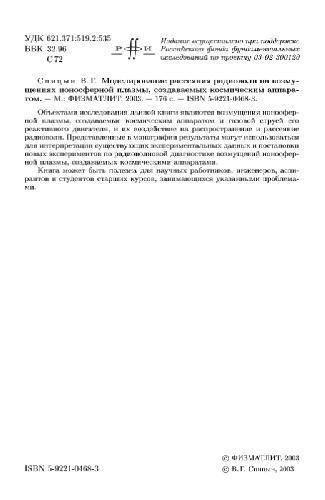
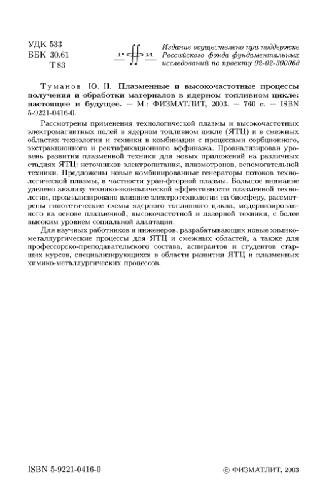
Reviews
There are no reviews yet.